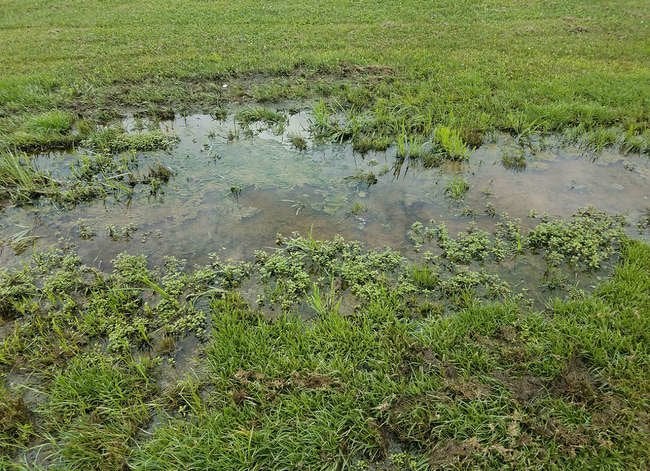We may earn revenue from the products available on this page and participate in affiliate programs. Learn More ›
Get to know your yard drainage options.
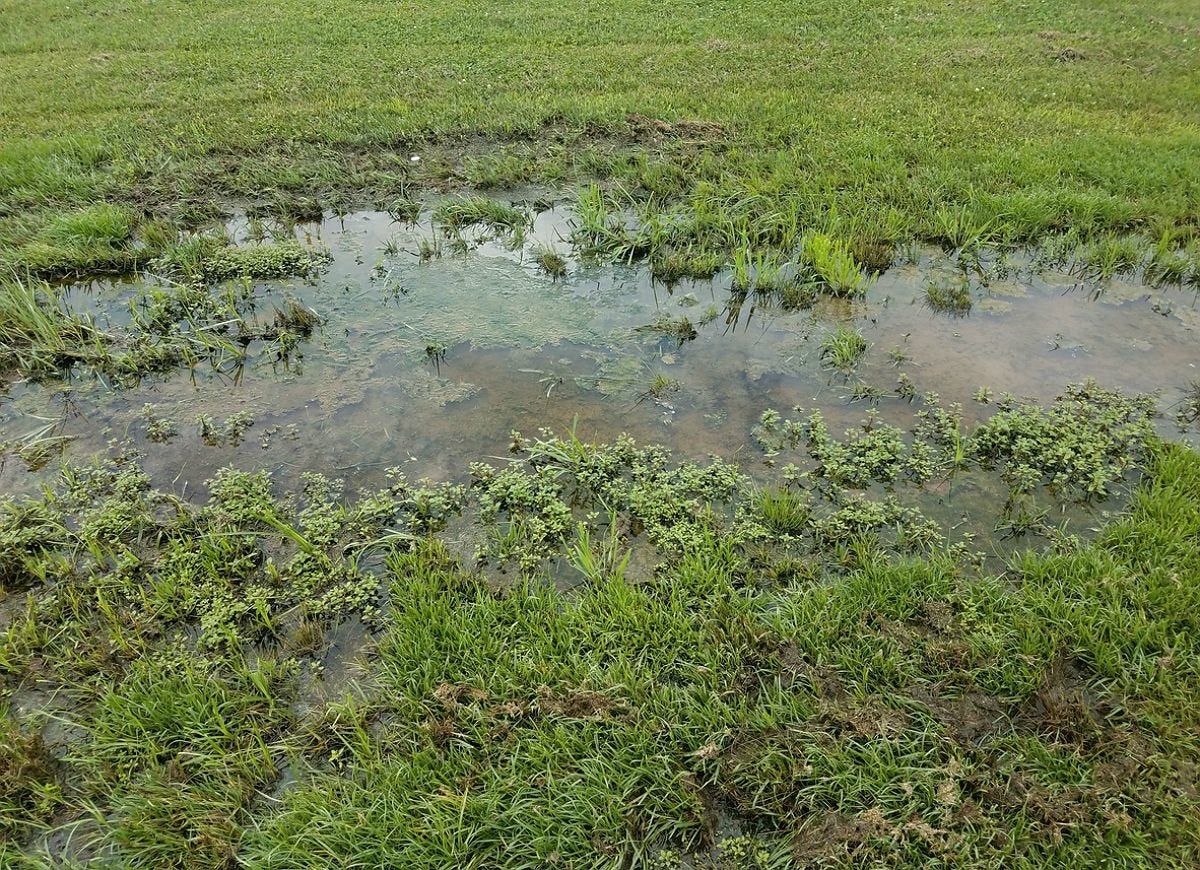
The following article is paid advertising created in partnership with SupplyHouse. Its facts and opinions are those of BobVila.com.
In an effort to reduce the flooding that follows rainstorms, today’s subdivisions are designed to direct runoff toward easements and curbs so water safely heads to the community’s stormwater drainage system.
Unfortunately, that’s not always enough to prevent your property from looking a bit swampy after a storm. If, for example, your yard doesn’t have enough slope to allow rainwater to run off, you could end up with standing water that kills your grass, leaks through your home’s foundation, and even creates a perfect environment for mosquitoes to breed. Obviously, it’s a good idea to address drainage problems sooner rather than later.
If portions of your yard hold water every time it rains, first try contacting your local zoning and planning authority. They may be able to help fix the drainage issue at no cost to you.
It may turn out that the problem isn’t in their jurisdiction, but don’t panic. Homeowners can take measures to alleviate localized flooding. Daniel O’Brian, technical expert for SupplyHouse.com, shared the following drainage and landscaping techniques for reducing flooding and directing water where it’s supposed to go—away from your house.
Divert water underground.

During a rainstorm, the torrents of water that rush through the gutters and out the downspouts can contribute to flooding if they can’t easily run off your property. The problem may be low spots, or a single spot, in the yard that prevent these streams from running to the storm drain. If so, rainwater can be safely rerouted through a French drain, a perforated underground pipe that collects and directs surface water.
“French drains provide a relatively easy method of moving excess water from pooled areas to a curbside storm drain,” O’Brian says. Installation involves digging a trench from the low-lying area to the street and inserting a buried pipe into a bed of pea gravel within the trench. Flexible pipe (as opposed to rigid pipe) allows you to customize the configuration of the drain as needed to maneuver around tree roots or other permanent objects in the yard. Once the pipe is in place, it’s covered with pea gravel and then topped with soil and grass.
Improve the yard grade.
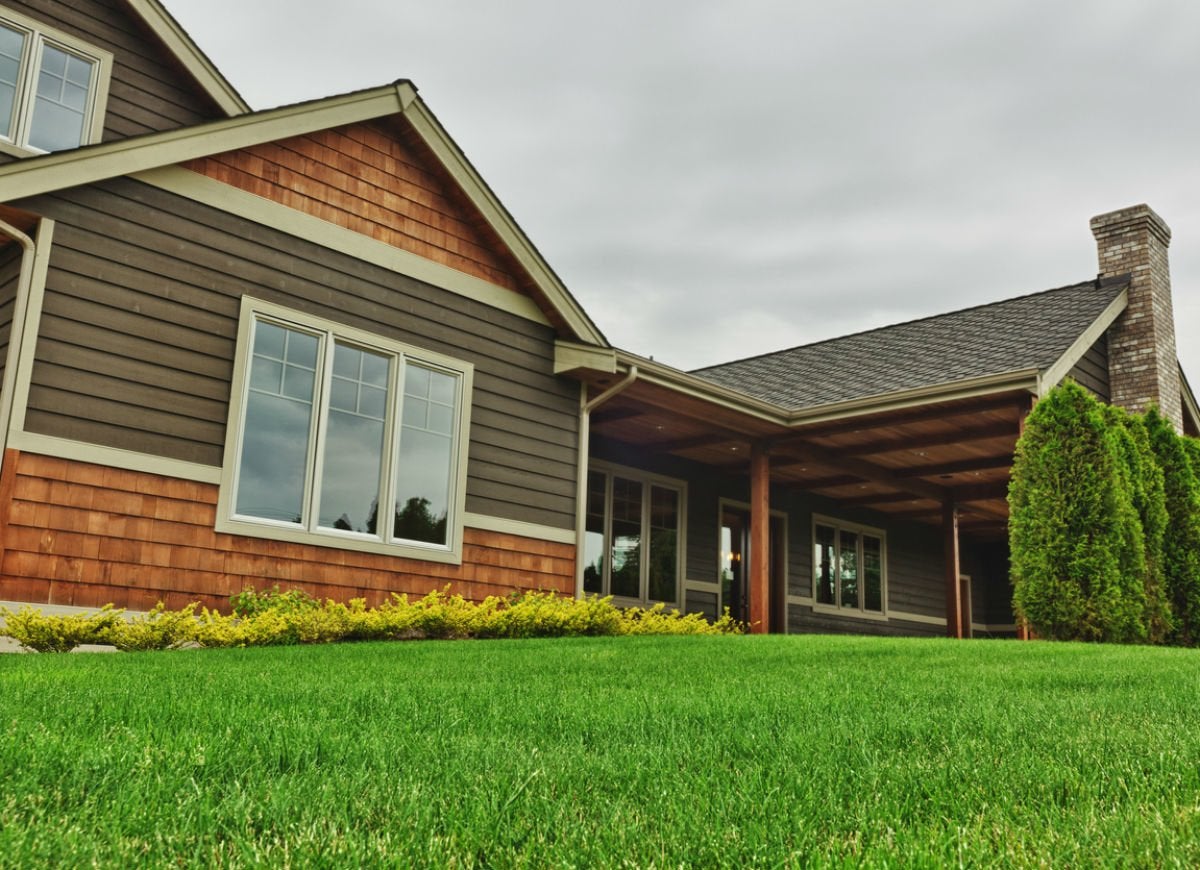
The slope of your yard determines where and how rainwater will drain, making it the single most important factor in preventing your yard from flooding. For efficient drainage, your yard should have a minimum slope of 2 percent away from your house—that’s a fall of two feet for every 100 linear feet of yard.
If your yard doesn’t have adequate slope, water can pool in various areas or even back up along the foundation of your house, where it can lead to leaks and serious foundation problems. You can improve the grade by spreading topsoil along the foundation and in low areas to facilitate drainage.
Clear water from flooded patios and walkways.
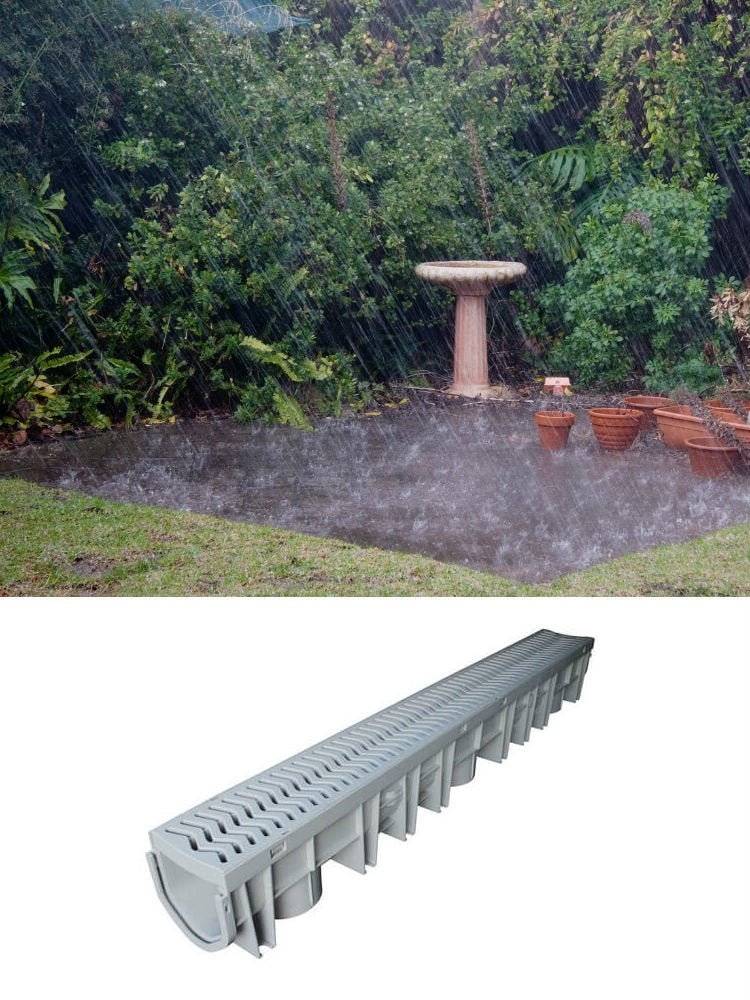
istockphoto.com and supplyhouse.com
When a patio or sidewalk sits lower than the surrounding yard, it can end up covered in standing water after a rainstorm, and this water can take days to evaporate. Until then, those paved areas are unusable.
Raising the level of a patio or sidewalk is labor-intensive and often cost-prohibitive, but it’s not your only option. “Storm drain channels offer an increasingly popular means of eliminating standing water,” O’Brian shares. “Installed along sidewalks or patios, they direct water away from foot traffic.”
A product like Fernco’s StormDrain Plus Channel with Grate (available from SupplyHouse) should be installed along the lowest slope of the patio or sidewalk, where it can connect to a buried French drain (discussed above). When it rains, water that runs onto the patio will drain through the grate, into the channel, and through the French drain to an easement or the curb.
Protect your foundation.
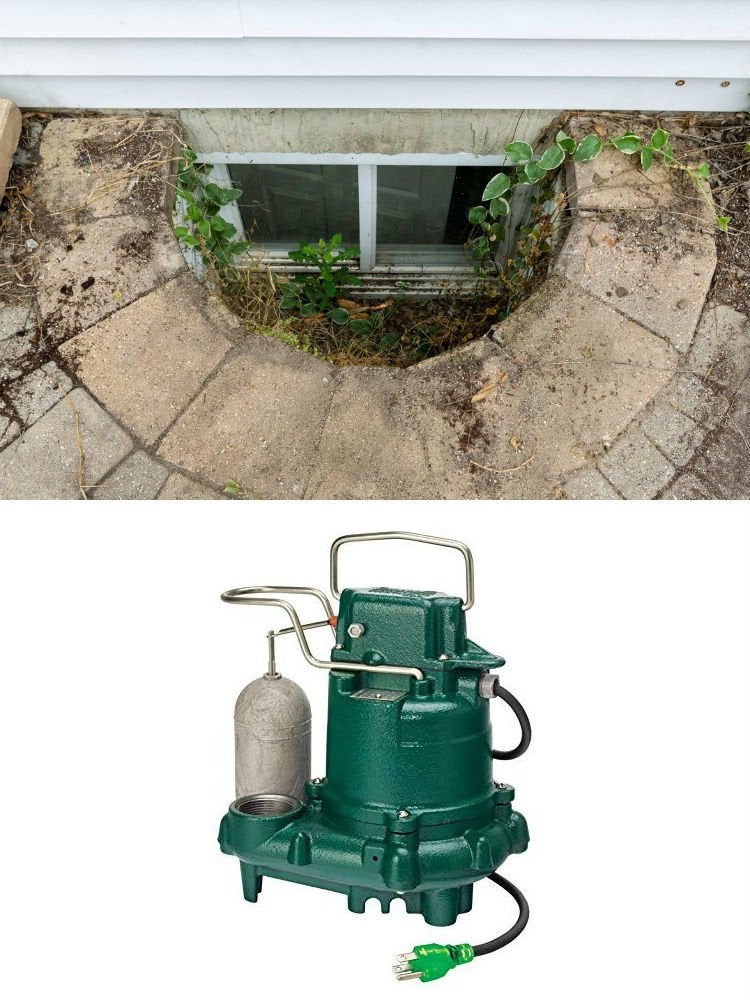
istockphoto.com and supplyhouse.com
Flooding near your home’s foundation can spell big trouble, especially if you have basement windows and window wells. Because they are located below ground level, these are prime spots for water to collect and inevitably leak into the home.
“Sump pumps—especially when equipped with a backup battery—can provide a fail-safe method for draining these window wells,” O’Brian says. Install a collection tank with a sump pump, such as the Zoeller Premium Cast Iron Submersible Sump Pump (available from SupplyHouse), directly beneath the window well. When the tank fills with water, the pump turns on and pumps the water out and away from the house.
Create a rain garden.
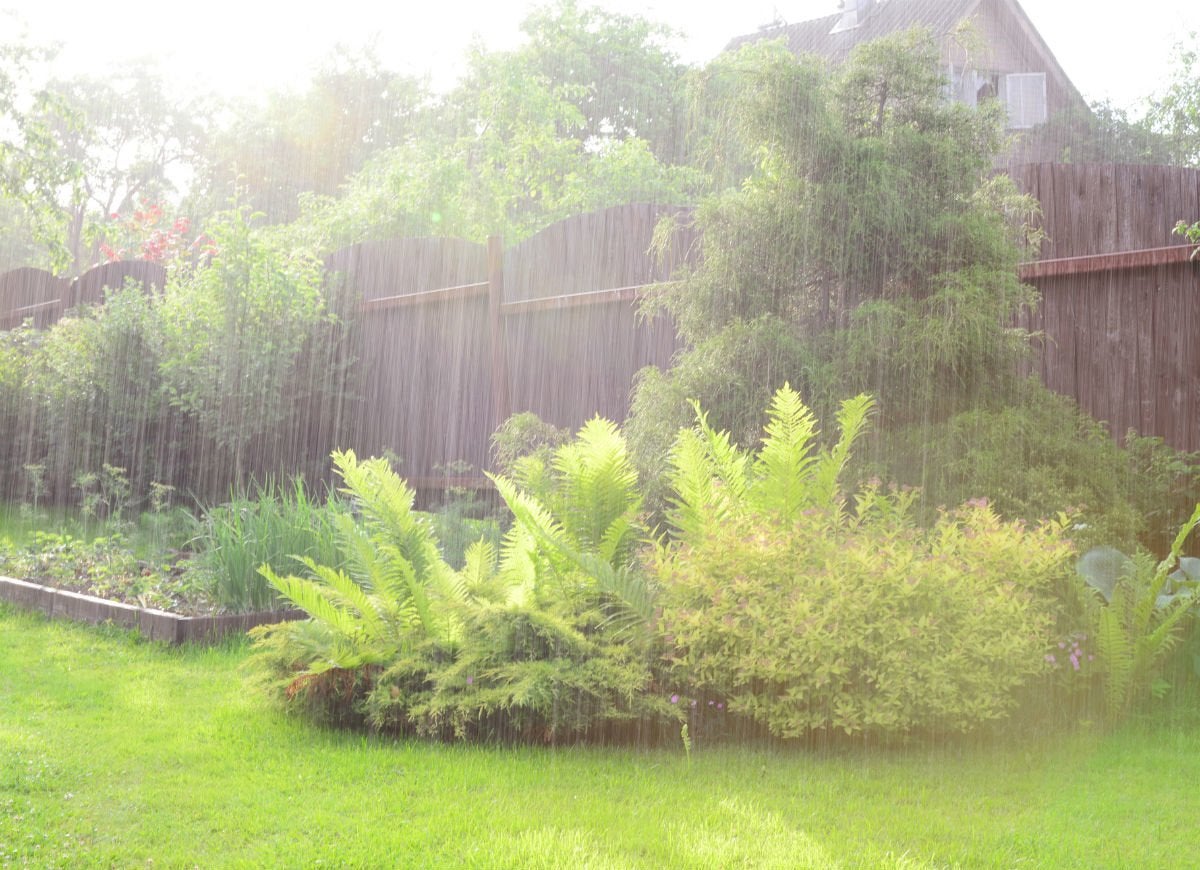
If low-lying areas of your yard are consistently under water after a storm, consider turning these swampy patches into attractive, all-natural solutions to your water trouble: rain gardens.
Typically, these plant beds fill depressions in the ground with porous soil and plants that thrive in standing water, such as ferns and Japanese silver grass.
A rain garden can be as big or as small as you need, or are willing to take on, to correct your runoff problems. For a yard with more than one area that floods, you can create multiple rain gardens, or you can opt to direct water from one low-lying area via a trench and a buried perforated pipe to a single rain garden.
Consider a dry well.
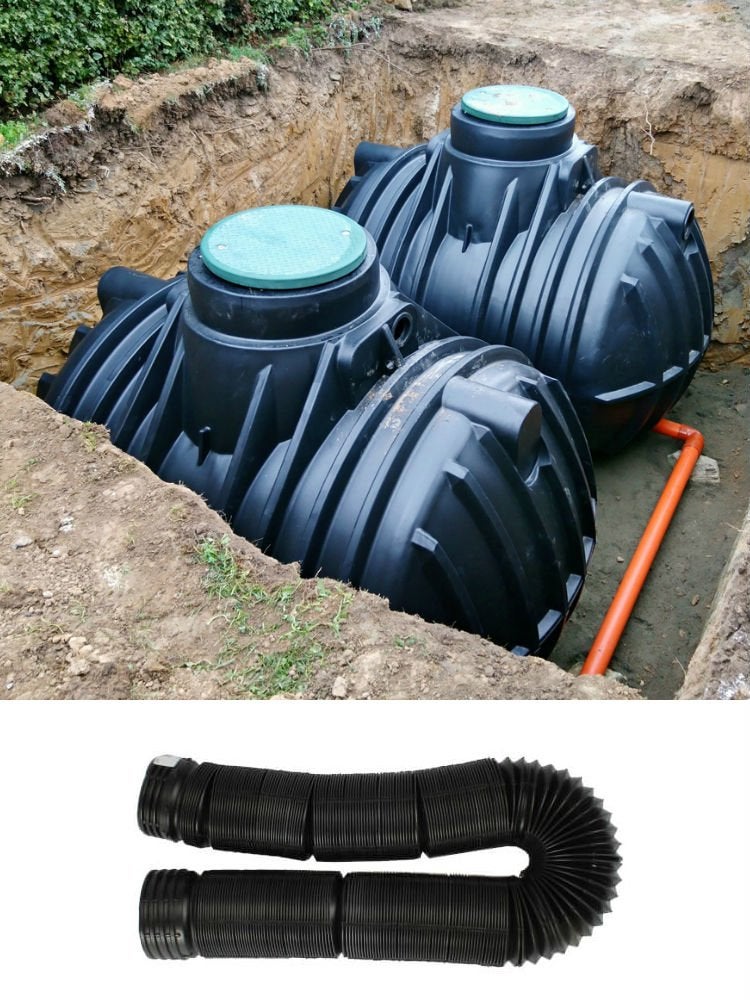
If your property experiences flooding that soaks into the ground relatively quickly (within one to four hours), your yard may be a good candidate for one or more dry wells.
Dry wells, like rain gardens, are positioned in low-lying areas to collect water, but instead of being used to grow plants, the excess water is held in buried tanks and then slowly released into the surrounding soil. The top of the tank features a grate through which water can enter and homeowners can inspect the water level below.
You may opt to install a dry well in the runoff path of each downspout. Alternatively, you can direct water to a dry well via a buried French drain and perforated pipe, such as the FLEX-Drain 4-inch by 12-foot Perforated Flexible Pipe (available from SupplyHouse).

Everything You Need for a Lush and Healthy Lawn
Keeping your grass green and your plants thriving doesn’t just take a green thumb—it starts with the right tools and supplies.

